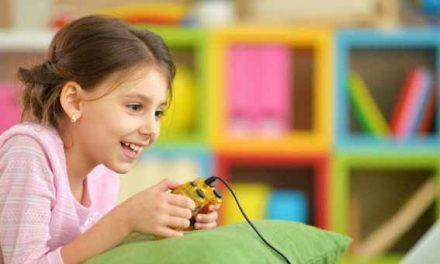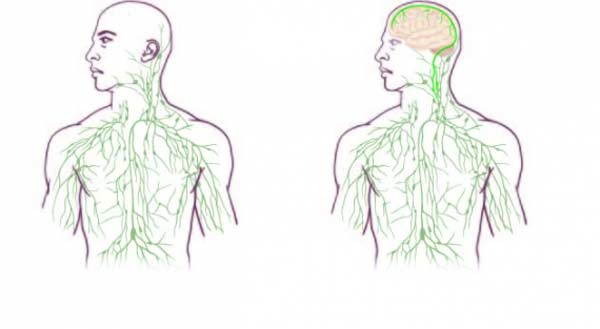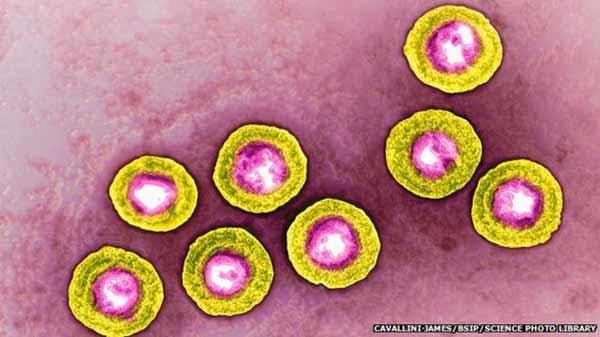
While poor sleep has long been seen as a symptom of trauma and anxiety, the findings from Rutgers University show short and erratic shut-eye could also be a trigger for fear
New Jersey, US (BBN) – Better sleep primes your brain to be less fearful, new research shows.
While poor sleep has long been seen as a symptom of trauma and anxiety, the findings from Rutgers University show short and erratic shut-eye could also be a trigger for fear, reports Daily Mail.
Through brain scans and sleep-monitoring exercises, the researchers found consistent quality sleep decreased activity in the brain regions involved in fear learning.
Experts say this evidence shows soldiers’ sleep patterns should be monitored before entering war zones, to decrease their risk of post-traumatic stress disorder.
The aim was to monitor how much REM sleep each participant got in the study, then to monitor how this affected their fear learning in their brain.
REM sleep (rapid-eye movement sleep) is the phase in which muscles are the least active. It accounts for around 25 percent of total sleep, but is the period in which experts believe we get the most rest.
A lack of REM sleep has been connected to many kind of health woes, including an increased propensity for anxiety.
Lead researchers Itamar Lerner and Shira Lupkin wanted to see how sleep prior to trauma this corresponds with PTSD.
While many experience PTSD after a traumatic event, the clinical disorder does not affect everybody.
Now, as PTSD diagnoses become more frequent – and the rate of PTSD-related suicides and killings rise – scientists are scrambling to identify any distinguishes factors that make somebody more likely to develop the condition.
Most previous studies that have assessed sleep and PTSD have only monitored people based on one night’s sleep – ‘state level sleep’ – as opposed to long-term sleep habits – ‘trait-level sleep’.
This study spent a week monitoring 17 people, five females and 12 males, all of whom were students – as common practice, as students are viewed as a measure of normalcy.
They had the students monitor their sleep at home for a week using a headband that measures brain waves.
The next week, they scanned their brains during an experiment: each student was trained to associate a neutral image or flashing light with a mild electric shock. The researchers then mapped how each student’s brain reacted to those images.
Students who spent more time in REM sleep appeared to have a less intense connection between, their amygdala, hippocampus and ventromedial prefrontal cortex during fear learning, suggesting they were more resilient to trauma.
Finally, the researchers conducted another experiment to firm up their findings using a more standard method of sleep analysis: they got each student to sleep with a polysonograph, which is an accurate but invasive technique, and therefore not practical for long-term investigation.
They found those who’d had a stronger fear response did suffer shorter REM sleep.
They concluded: ‘Ultimately, our results may suggest that baseline REM sleep could serve as a non-invasive biomarker for resilience, or susceptibility, to trauma.’
BBN/MMI/ANS









